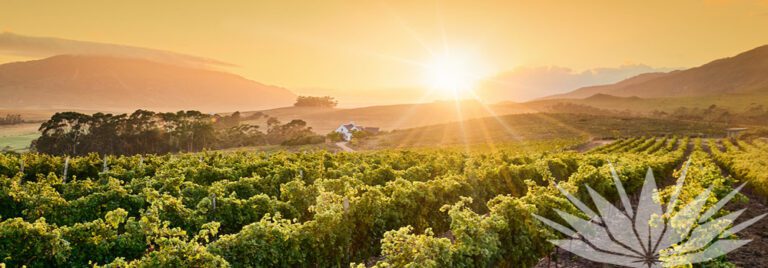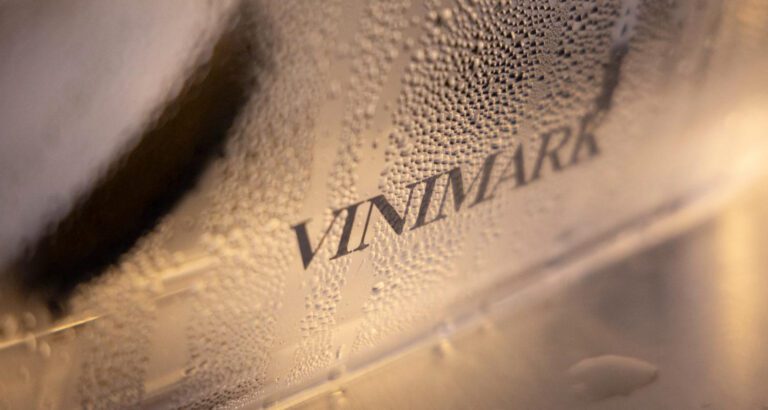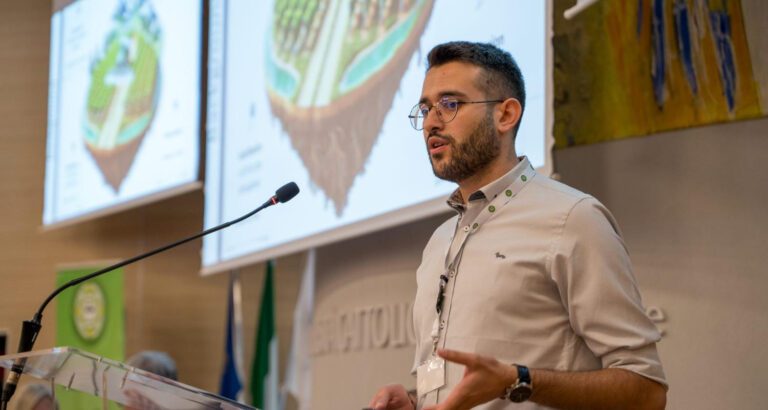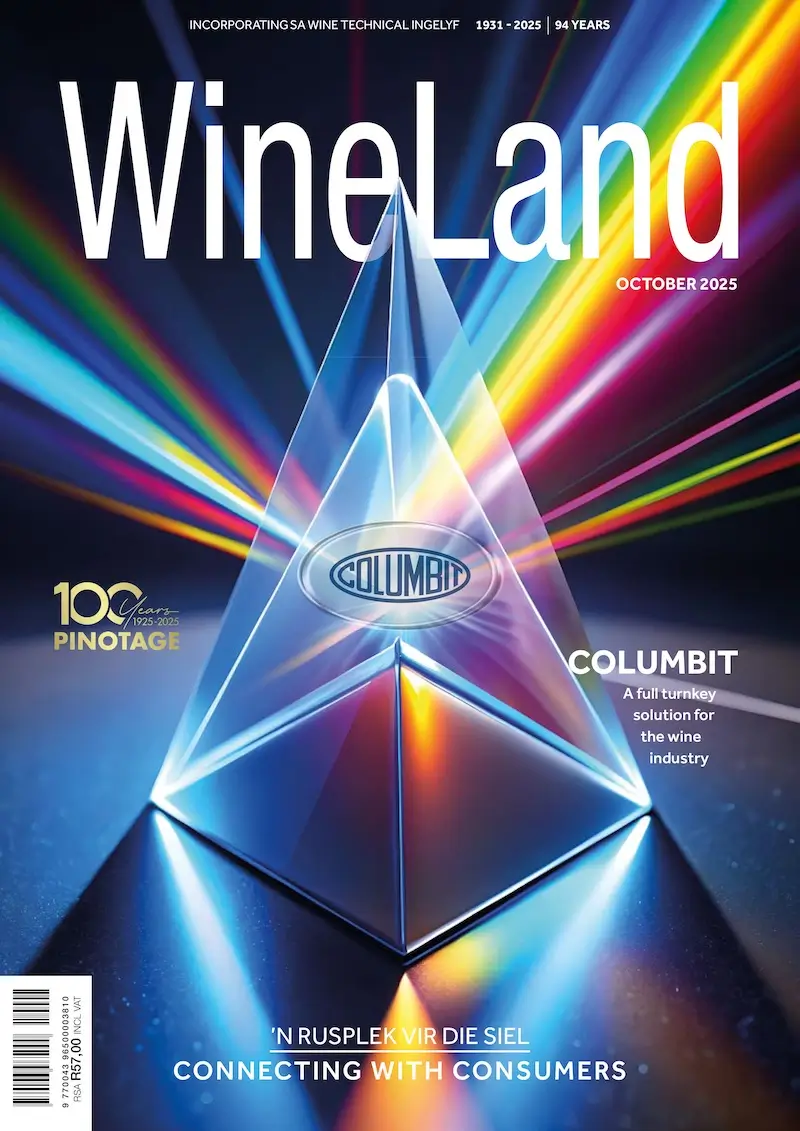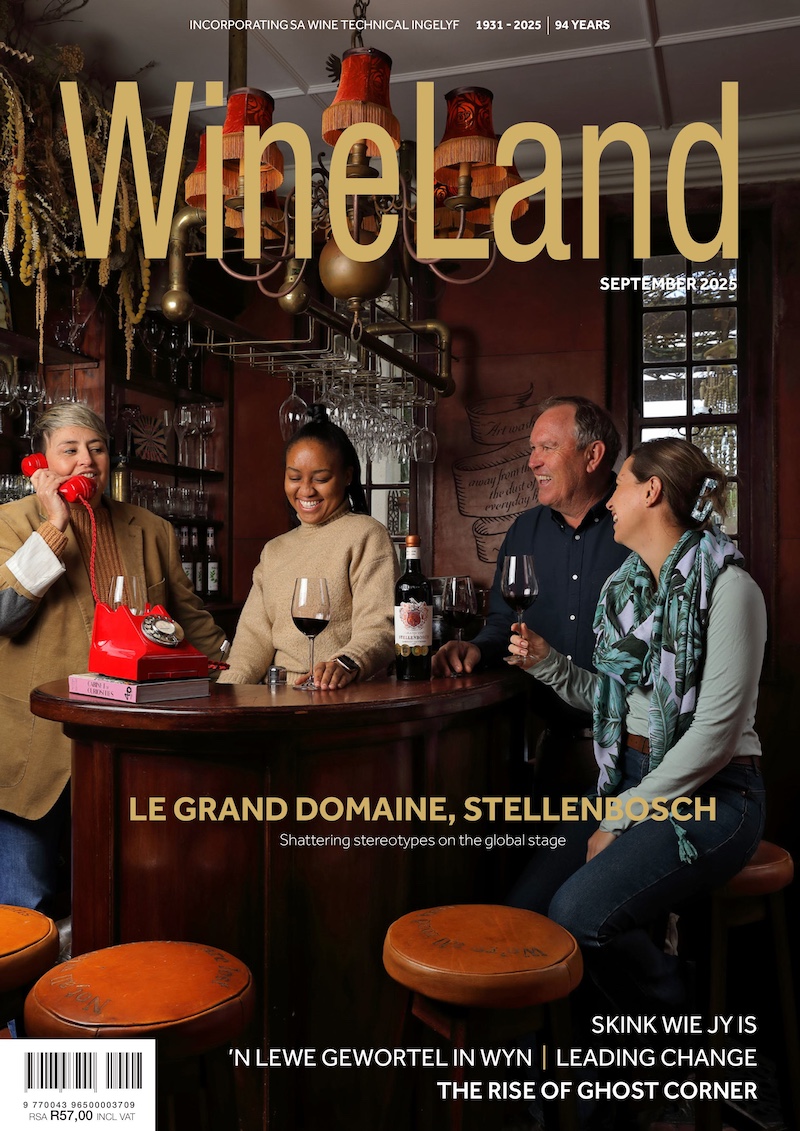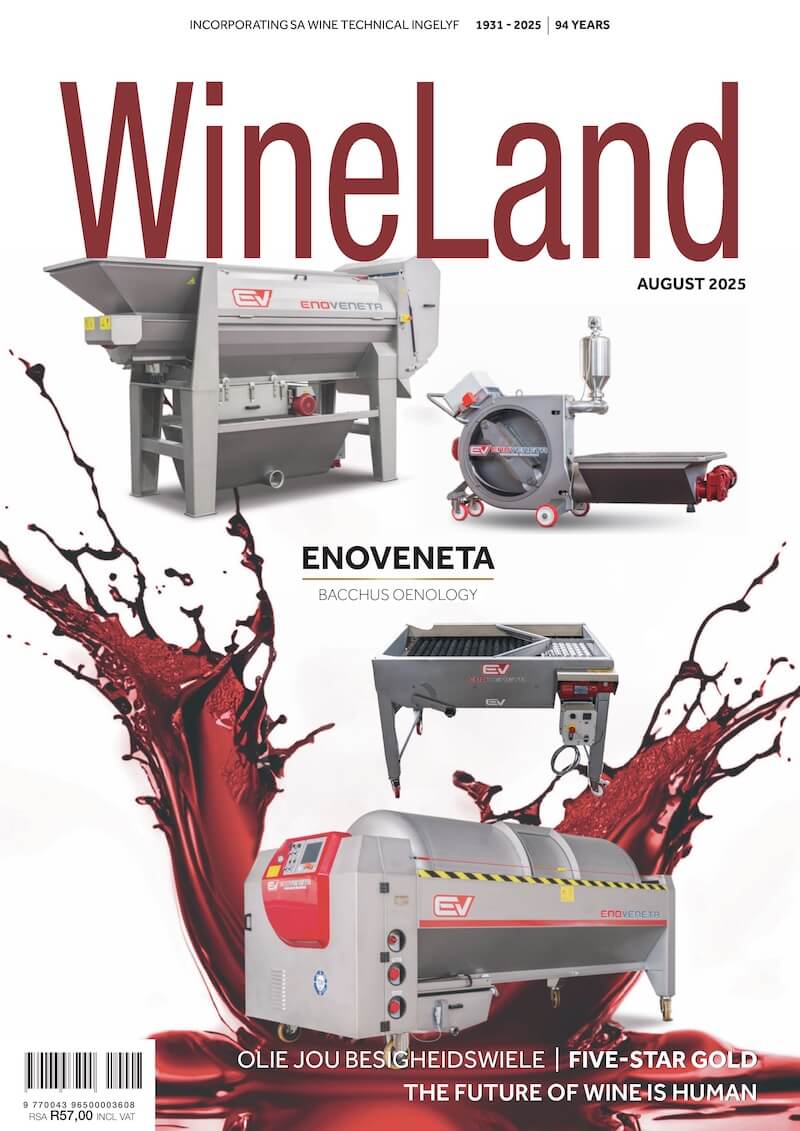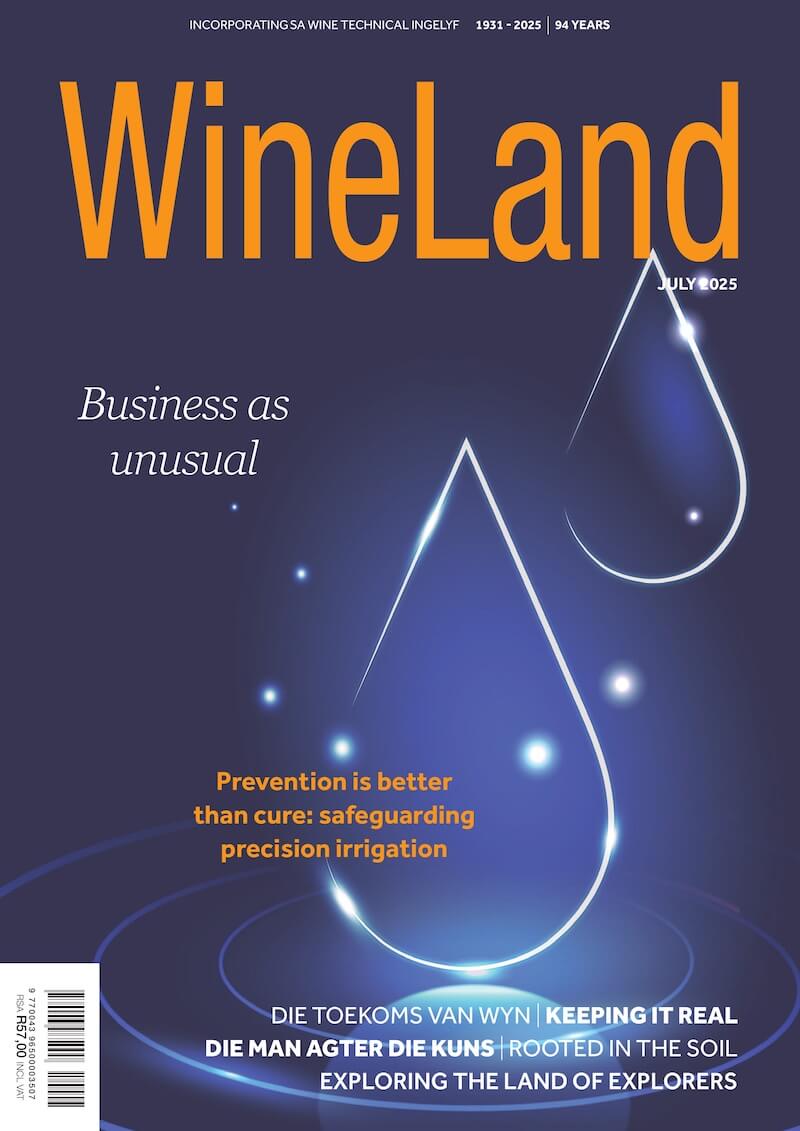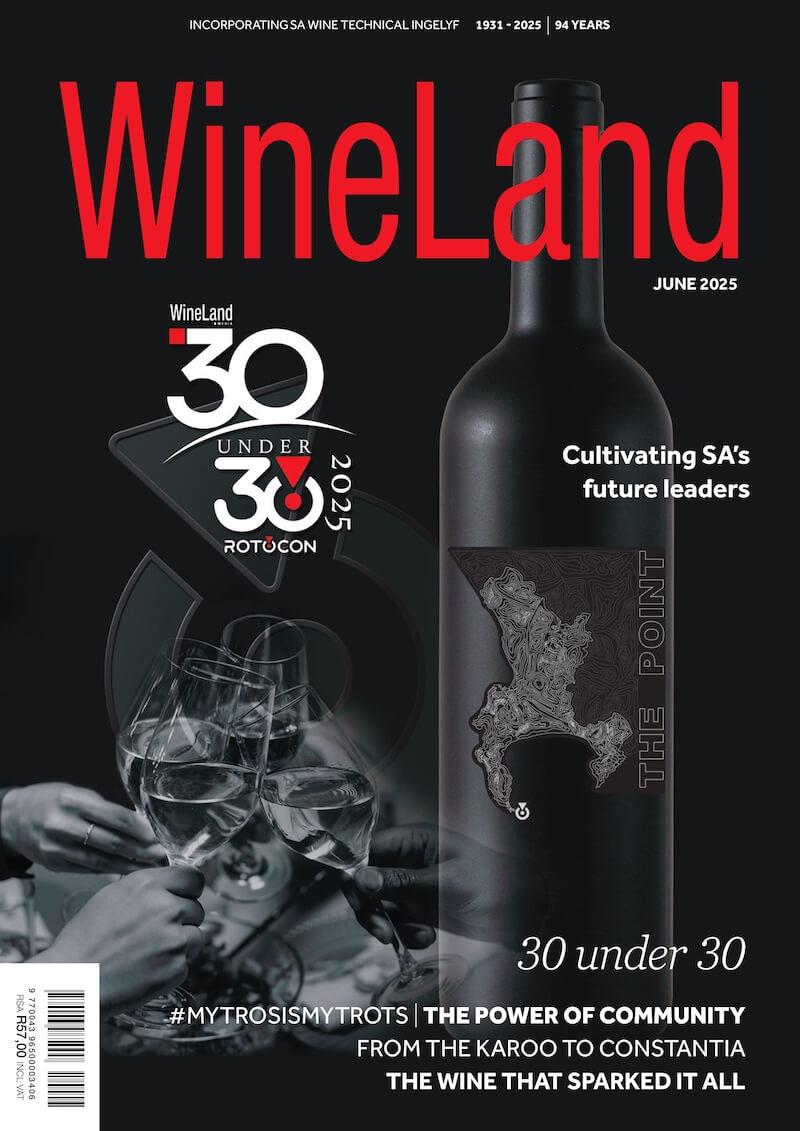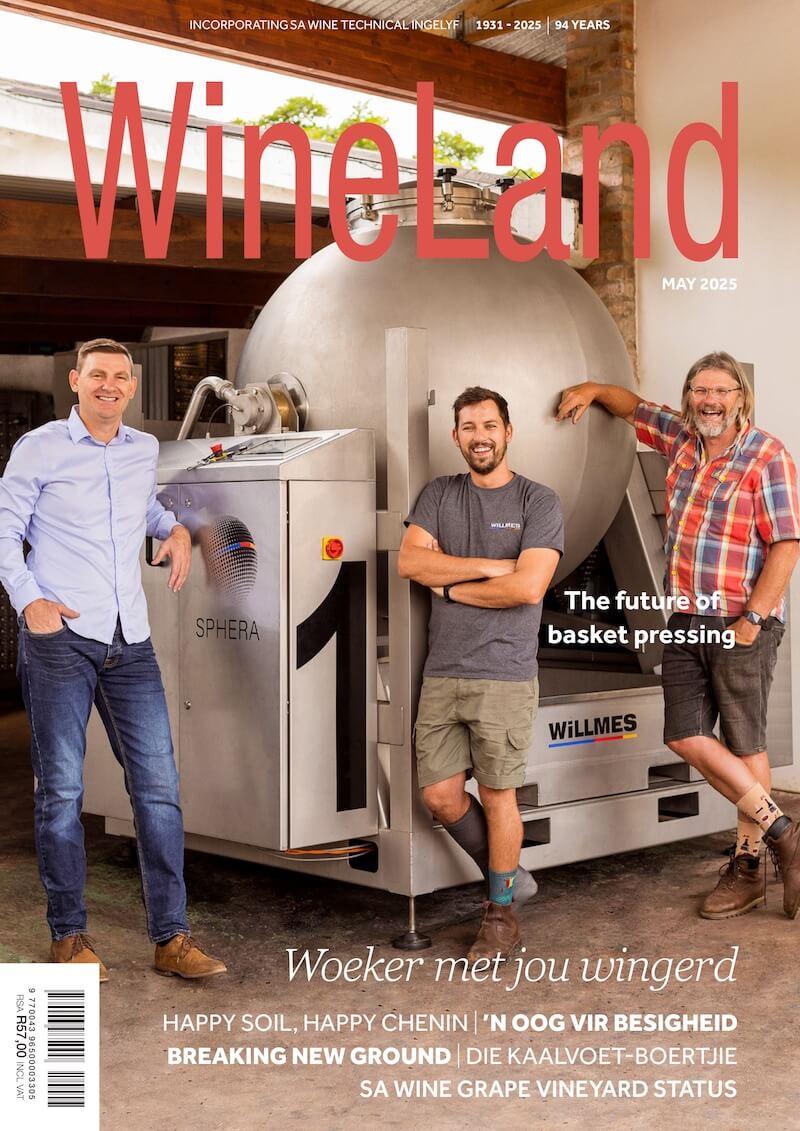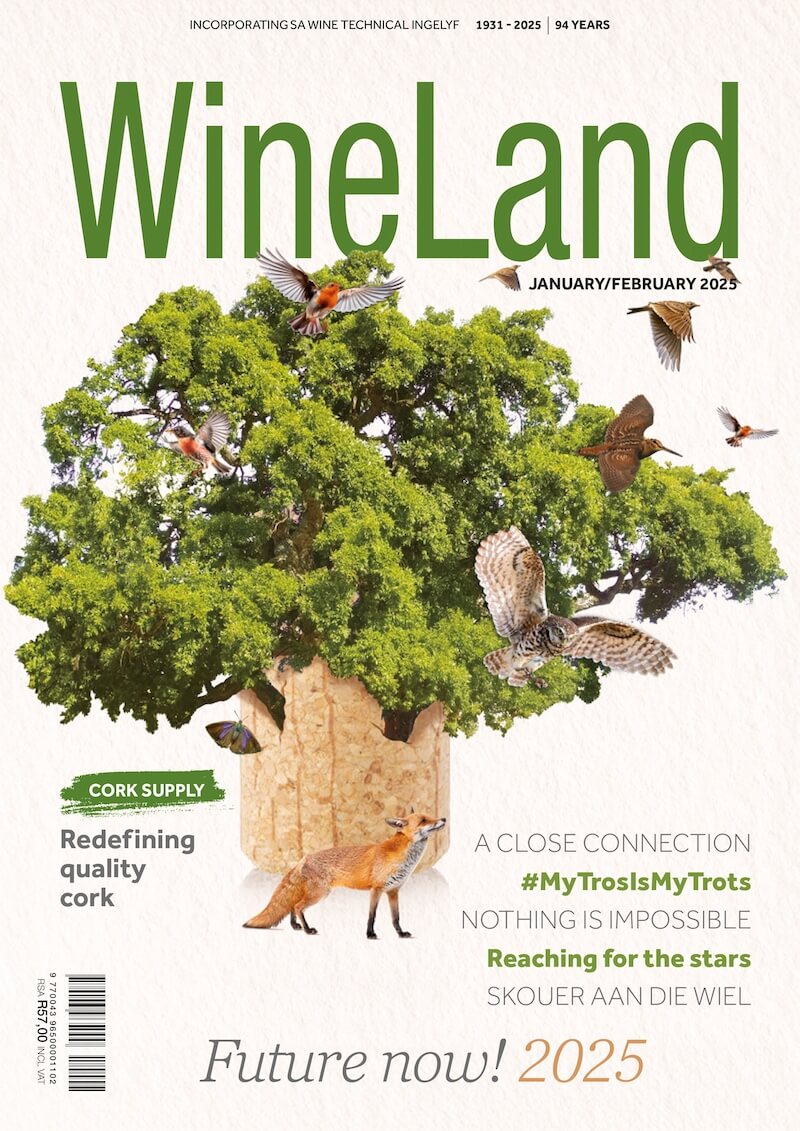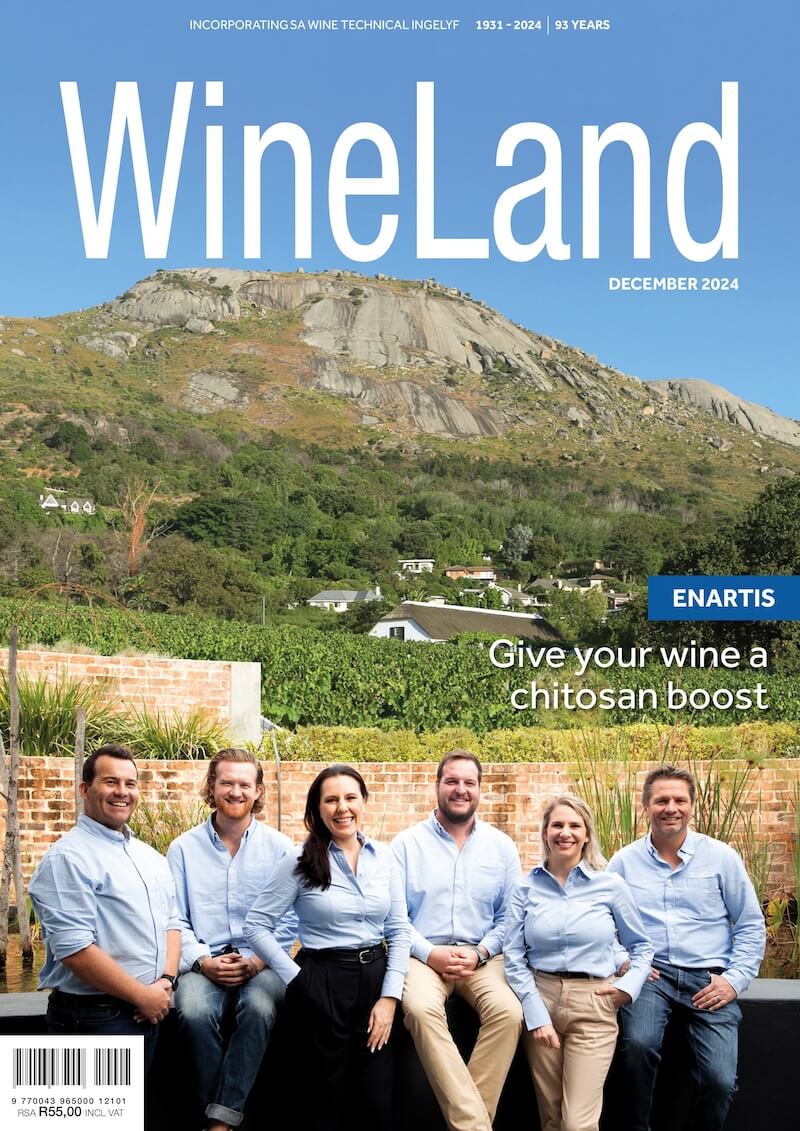South Africa’s wine industry has once again found itself under pressure, this time from a punitive 30% tariff on agricultural exports to the United States. For many producers, this development raises questions about competitiveness, market access, and long-term profitability. But while the US market suddenly looks far less welcoming, industry leaders argue this is not the end of the road for South African wine in global trade. In fact, the tariff may be a turning point to sharpen strategy, highlight provenance, and lean into loyal markets that continue to value our wines.
Down but not out
The United States currently absorbs just over R650 million worth of South African wine annually. That’s not our largest export market, but it carries symbolic weight. The 30% tariff could translate into nearly 50% higher retail prices, placing South Africa at a disadvantage compared to competitors like Chile, Argentina, and Europe. This adds strain to a sector already grappling with rising production costs and shrinking margins.
Yet, as Wanda Augustyn, as communications and brand manager for South Africa Wine, said in a recent interview: “Wine tourism remains vital when traditional export markets face obstacles. By drawing the world here, and by strengthening provenance-led marketing abroad, we can ensure the South African story isn’t drowned out by price wars.”
A story of place
This is where South Africa holds a unique advantage. Our wines carry the hallmarks of some of the most distinctive terroirs in the world, from Stellenbosch to Swartland, with narratives of heritage, innovation, and sustainability that consumers value. Tariffs may distort prices, but they cannot erase authenticity.
“While the 30% U.S. tariff presents a formidable challenge, it’s also a wake-up call to deepen our connection with local consumers, invest in tourism, and accelerate our global storytelling,” says Karl Lambour, General Manager at Tokara. “Now more than ever, we must leverage provenance, quality, and experience to navigate these shifting tides.”
The global pulse
This year’s CapeWine exhibition (10-12 September, Cape Town) arrives at exactly the right time. Hosted every three years, it is the southern hemisphere’s largest wine trade fair, bringing together hundreds of international buyers, sommeliers, importers, and journalists. It serves as a global pulse check on an appetite for South African wine.
CapeWine 2025 is expected to reaffirm what many in the industry already know. Even amid tariff turbulence, there remains strong international loyalty to South African wine. Key buyers from Europe, Africa, Asia, and the Middle East continue to look to our shores for value and premium offerings.
While the US tariff threatens short-term margins, it also accelerates the need for diversification. Africa and Asia are rising consumer markets with growing middle classes, while the Middle East shows appetite for premium, low-volume wines. Strengthening these relationships could cushion the US shock and establish longer-term resilience.
Moreover, wine tourism within South Africa offers producers a chance to balance export pressures with direct-to-consumer sales. As international travel picks up, estates have a renewed opportunity to convert visitors into long-term ambassadors for South African brands.
A turning point
Yes, the tariff hurts. Yes, it may close certain doors. But it also forces South Africa’s wine industry to be bolder, smarter, and more unified in its approach to international trade. The coming months, and the conversations at CapeWine, will demonstrate that our story is bigger than any single market.
South African wine still has a place on the global stage. It is up to us to prove that authenticity, terroir, and quality cannot be outpriced.

